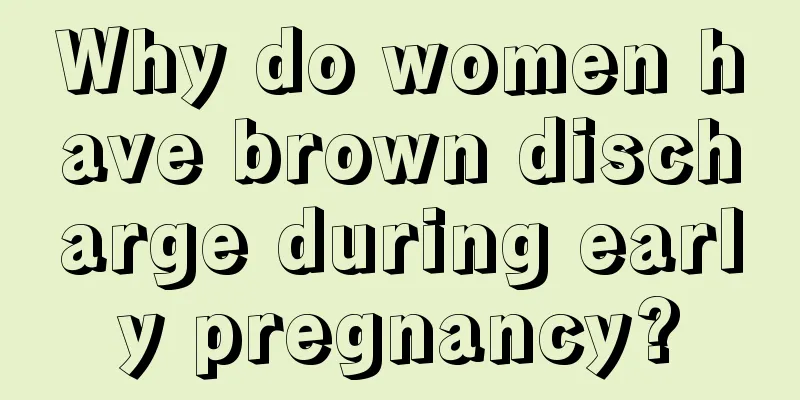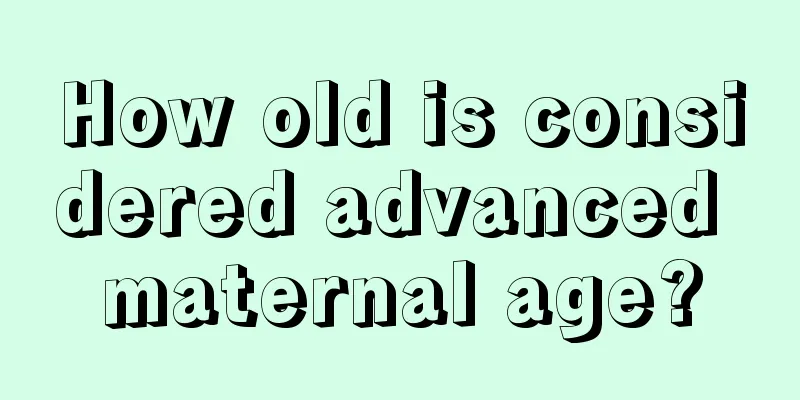My own experience with hysterectomy

|
Uterine fibroids are known as the "number one gynecological tumor". As a healthy disease, uterine fibroids are not easy to develop. However, in my country, 1.5 million women have their hysterectomy due to uterine fibroids every year. As we ask when so many unnecessary hysterectomies can be stopped, we feel even more sad and heartbroken for the sisters who have had their hysterectomies removed. Let’s take a look at the patient’s sister’s personal experience of hysterectomy: The uterus is the guardian of women's youth and elegance and an important reproductive organ. However, some women have their uteruses removed for various reasons. What are the consequences of hysterectomy? Listen to the personal experience of hysterectomy shared by the patient's sister. What impact does hysterectomy have on you? July 7, 2009 is the most unforgettable day in my life, because I became an ambiguous woman! Ever since I discovered a 2-centimeter uterine fibroid during a routine physical examination in 2003, a time bomb has been buried in my heart. Whenever I think of the uterine fibroid, I immediately feel worry, fear, and vague pain. I knew clearly in my heart that pain was waiting for me, it was just a matter of time. After that, I had to go for follow-up twice every year. The growth rate was very slow in the first two years. In February of 2009, it was 6.2 centimeters. In June, it grew to 7 cm. The doctor suggested that if the uterine fibroids grow faster, it is best to have surgical treatment. If you delay it, it may turn into a disease. Following the doctor's advice, I decided to have surgery. I made a reservation at the best Red House Hospital, underwent various tests and examinations before the operation, and obtained all the test results. Knowing that the surgery time was approaching, I became more and more anxious. Whenever I think about surgery, especially when I wake up from a dream, my heart starts to squeak. This time the unavoidable pain made me lose my appetite, feel uneasy and my heart was always hanging in the air. A month later, on Monday, July 6, I received the hospitalization notice. Carrying the things I had prepared long ago, I walked into the hospital clinic with trepidation, applied for hospitalization procedures, selected the hospital ward, and chose the hospital bed. Everything went smoothly and easily. The staff and nurses who came into contact with me were also attentive and considerate. After completing all the formalities, it was already lunch time. I was completely confused and could only wait in the hospital ward and follow the medical staff's instructions. I don’t know what needs to be done before surgery. I want to ask the patient, but the conditions are different, so I’m not sure whether the whole process is the same. Seeing these patients with painful expressions and weak constitutions, I couldn't bear to disturb them. At around 2 p.m., the attending physician called my name to the office, learned about my condition in detail, reviewed all the preoperative test sheets, made records, examined me again, and told me that I would have surgery on Tuesday. Then a staff member came to inform me that I needed to do a B-ultrasound and that I needed to do another B-ultrasound before the operation. After waiting for a long time, it was my turn. The result surprised me. It grew 8.3 cm in just one month. After getting the B-ultrasound report, I gave it to the doctor and we began to discuss the surgical plan. Mine is: one big one, and many small ones under 2 cm. The doctor's general practice is: if there is only one, a minimally invasive surgery can be performed, that is, an opening is made in the abdomen and the uterine fibroids are removed through laparoscopy. This is the best way, less pain and faster recovery. Yes, multiple uterine fibroids can be treated with minimally invasive surgery or detachment surgery. But it cannot be guaranteed to be completely eliminated, and there is a possibility of recurrence later. The onset may vary from person to person. The detachment surgery is to open the uterus and detach the uterine fibroids under the doctor's vision, but there may be small invisible omissions. The operation time for multiple detachments is longer and the blood loss is greater, but the advantage is that the uterus is preserved. |
<<: At what age do women reach menopause?
>>: The benefits of drinking glucose for women
Recommend
Can hypothalamic amenorrhea be reversed?
Amenorrhea is a condition in which menstruation o...
How long after conception can I use test strips to detect
Many female friends start to prepare for pregnanc...
What should you pay attention to in the fourth month of pregnancy
In fact, some expectant mothers still don’t quite...
What to do if your vulva is itchy during ovulation
In a month, a woman's body is in different pe...
What are the disadvantages of ear piercing?
In today's society, women are pursuing beauty...
Is it necessary to do amniocentesis after non-invasive
Some pregnant women need to do amniocentesis duri...
Is abdominal bloating during ovulation a normal reaction?
The ovulation period is an issue worthy of attent...
Causes of elevated human chorionic gonadotropin
Let me introduce to you the reasons for increased...
The Sherlock Holmes of Oncology: Genetic Testing
The 29th National Cancer Prevention and Treatment...
A new way to boost the COVID-19 vaccine is here: a chart to help you understand sequential boosting
Recently, the National Health Commission has begu...
Dumplings are the perfect staple food! But many people may have been eating them wrong...
Dumplings play an important role in Chinese peopl...
What to do if a woman's vagina is itchy
Itching down there is a common physiological dise...
What are the benefits of heavy snow? What to eat to keep warm in heavy snow
Snow is a substance with a good heat preservation...
What to do if your nipples crack during breastfeeding
For female friends, breast diseases are common di...









